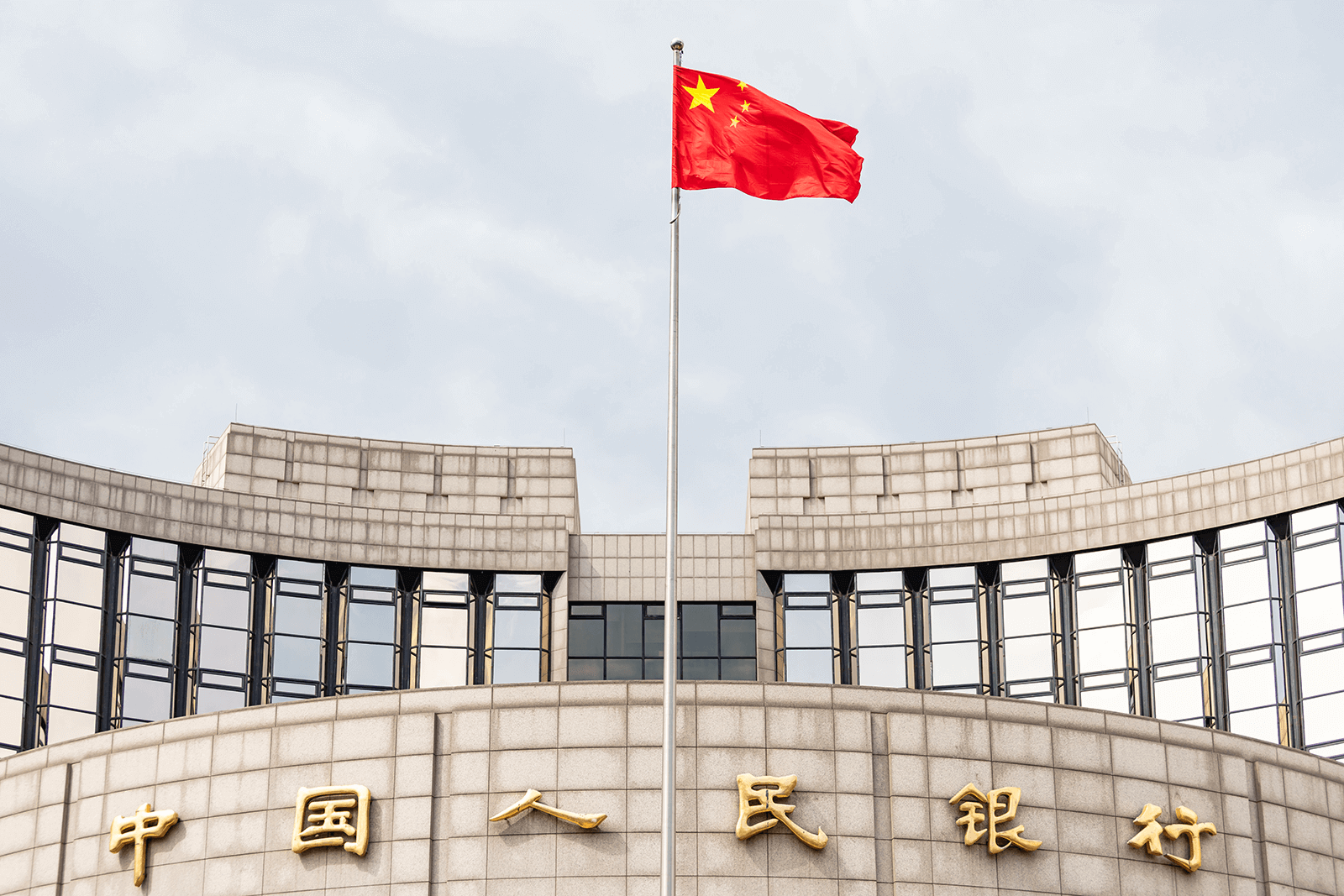The winter promises to be challenging, especially in Europe. Absent a change in leadership in Russia (the only hope at this point for an end to the war in Ukraine), energy prices will remain sky-high, particularly in the more gas-dependent countries. Which in turn means persistent inflationary pressure, further monetary policy tightening and downward-trending corporate profits: not a favourable combination for financial markets. Yet equities indices have not experienced a truly large sell-off, with investors seemingly still “buying the dips”.
For Europe, the crucial issue going into the colder months will of course be what Russia decides to do with its gas shipments through the various existing pipelines. It is true that the transport of gas cannot, unlike oil, easily be diverted to “friendlier” parts of the world. Moreover, Russia needs income to further finance its military campaign. But selling a lower quantity of gas to Europe at a higher price (via Gazprom) seems so far to have proved a bonanza for President Putin. Expressed in energy-equivalent terms, European gas is currently six times more expensive than oil – having historically always been much cheaper. This of course, and sadly for CO2 emission targets, means it makes sense to use oil (and even coal) to produce electricity. In the short-term, that is probably the only way, besides reducing electricity consumption, to reduce the risk of power outages should Russia close the tap completely. Nuclear power is clearly also making a “political” comeback, but the building of new plants is a (very) long haul process. And renewable energy sources, such as wind turbines and solar panels, still remain a relatively marginal factor in our energy supply.
In an attempt to limit the blow to consumers and the ensuing risk of social unrest, the various governments are busy setting up subsidy schemes. Unfortunately, reminiscent of the Covid cheques, these schemes tend to be of an undifferentiated nature, rather than targeting sufficiently precisely those segments of the population that are most in need of financial support. There is also increasing talk of taxing the “super profits” of energy producers, a measure that may sound good politically but will not be easy to put into practice. Take wind farms and solar panels installations, for instance. In many cases, they have been built on a sell-forward the power basis, sometimes for up to 20 years. This, to secure bank loans for their construction and so that investors could count on a predictable revenue stream from the electricity production. Such business models imply that the “super profits” lie not with the power producers, but with an array of – much harder to identify and tax – large industrial customers that, at the time, bought the electricity for a fixed price.
The euro’s weakness against the US dollar is another consequence of Europe’s greater energy vulnerability (and military “lame duck” status). Across the Atlantic, thanks to the shale oil revolution, the rise in energy prices – and hence inflation – looks more manageable. Still, the Federal Reserve is unlikely to change stance anytime soon, with the tight labour market driving wages up and rents also on the rise. The path of interest rates is thus upward for the foreseeable future, even though the US economy has already officially entered a technical recession with two consecutive quarters of GDP decline.
As for China, whose strong growth momentum pulled the global economy out of the Great Financial Crisis of 2008-2009, it remains mired in its real estate problems and negative business/consumer sentiment, following two and a half years of living with tough Covid lockdowns. The Chinese authorities’ unwavering zero-Covid policy is, we must say, becoming increasingly difficult to understand. Is it a matter of preventing a major outbreak in the run-up to the October National Communist Party congress? Are Chinese vaccines not working properly? Or might policymakers know something about the virus that originated in their country that we, westerners, do not? Whatever the answer, the Chinese growth engine cannot be counted upon soon. The global economic backdrop therefore clearly points towards slowing growth or even a recession.
So far, corporate earnings have held up well, but we fear that the picture might be completely different in the final quarter of this year, for European companies especially. High energy prices and rising wages, together with falling demand, are a toxic cocktail for companies, whose profit margins will melt away like snow in the sun. Rising interest rates (perhaps to levels well above what most investors appear to be factoring in) and shrinking corporate profits: the exact reverse of what prevailed over the past few years, even going through the pandemic. It is thus not difficult to predict that financial markets will remain volatile as we move towards the end of the year. The form of “salami crash” that we have been experiencing since January is likely to continue, with an alternance of (sharp) daily drops and subsequent (lesser) daily rebounds. This has much to do with the “buy the dips” attitude that still prevails in the investment community.
Going forward, we think a “sell on rally“ strategy is more appropriate at this stage of the market cycle. We have therefore been adjusting our portfolios for some time already, protecting our equity exposure (through option strategies), lowering our European exposure, and focusing on companies with a high pricing power as well as reducing our bond duration early enough not to suffer, too much, from the rising interest rates. But we must call a spade a spade: no one – us included – can make money in globally falling markets.
Our leitmotiv is to protect portfolio capital as much as possible, while maintaining sufficient exposure to financial markets in case a sudden turnaround in the currently dire backdrop were to occur. Two horses to bet on…









